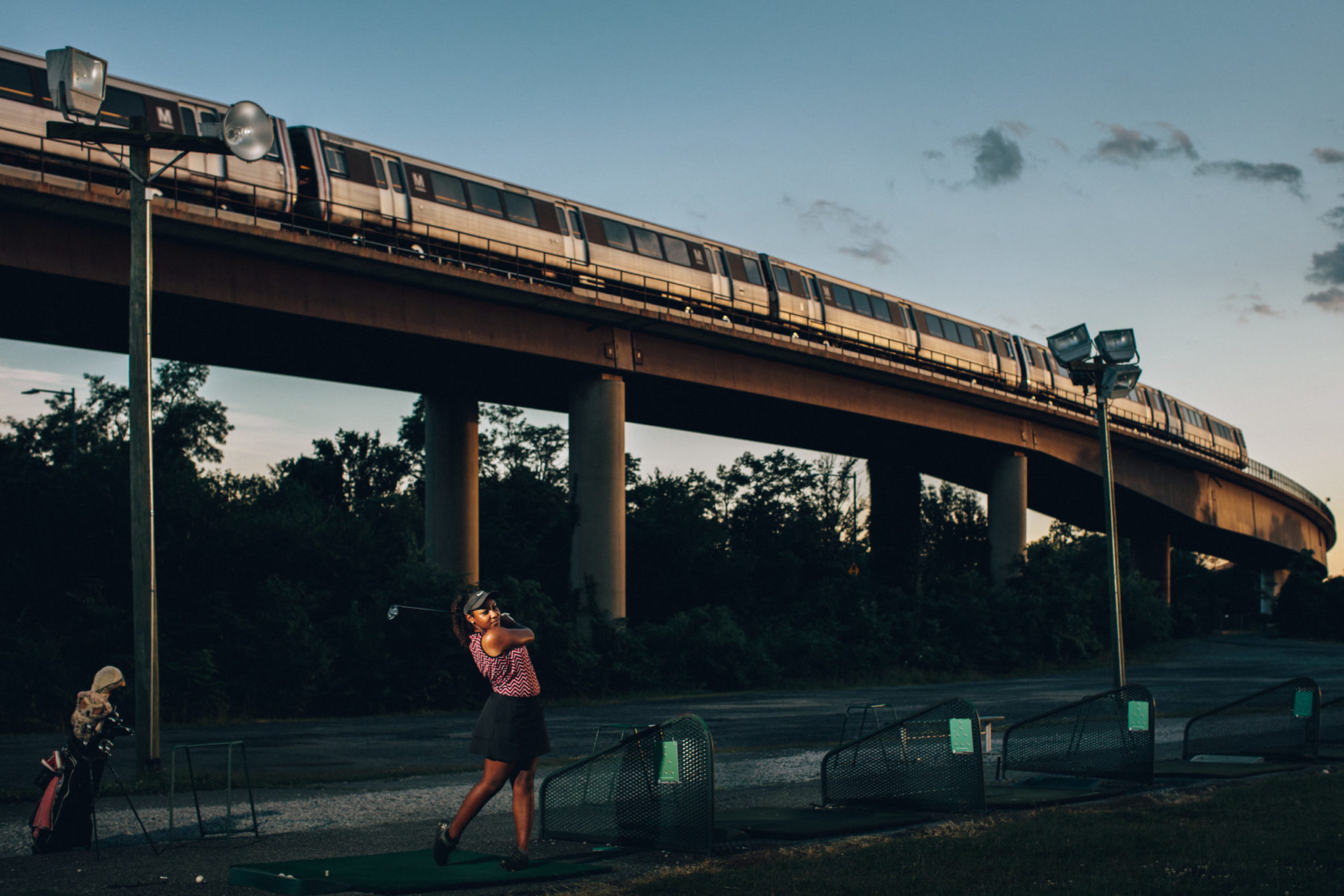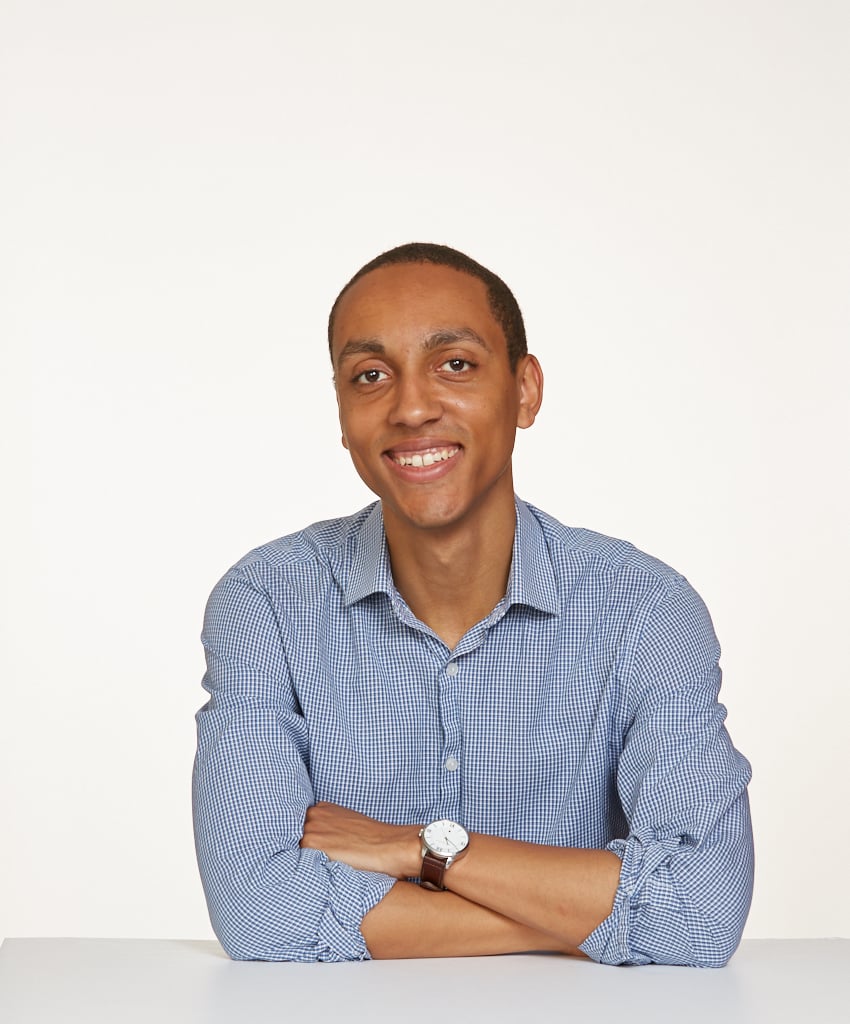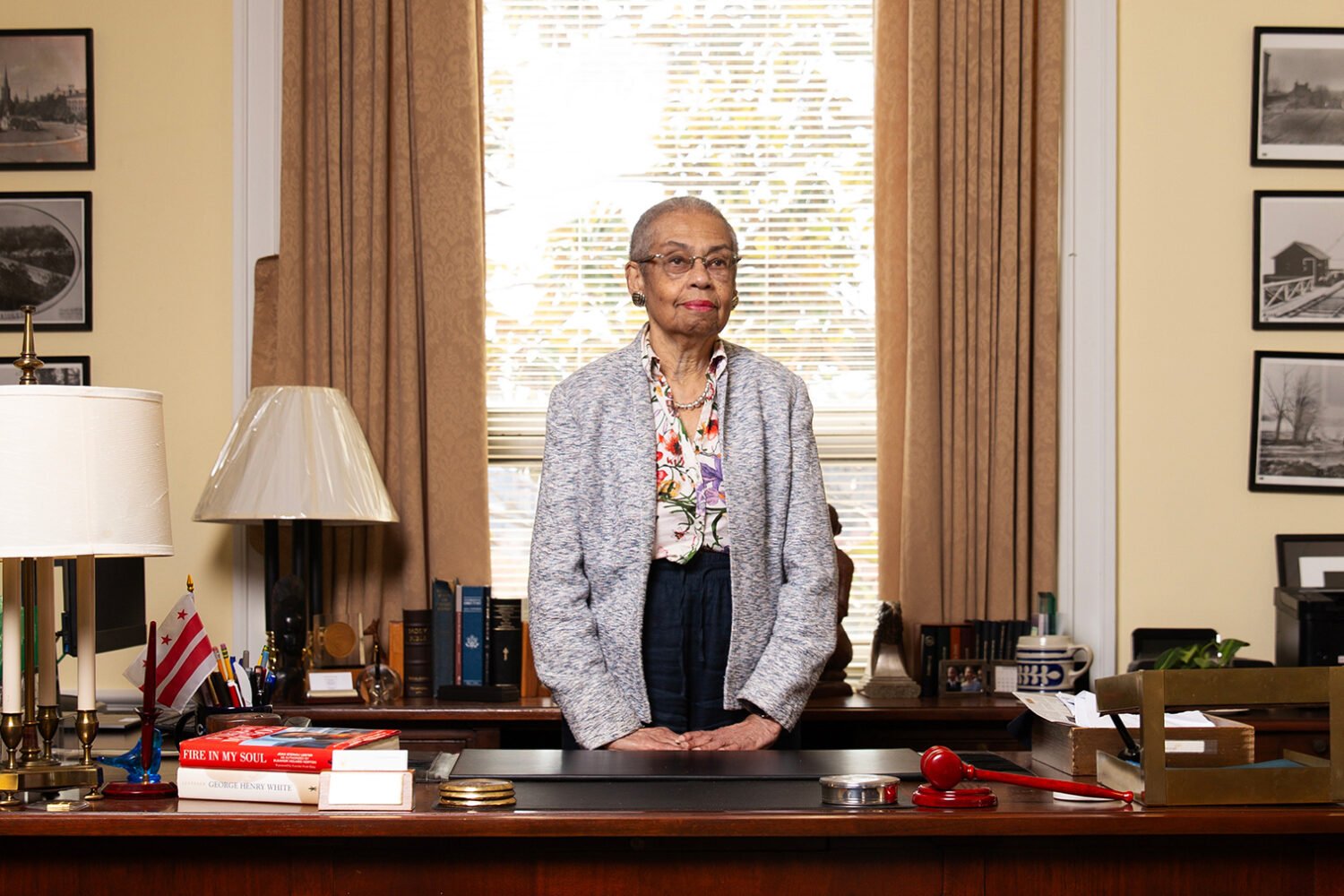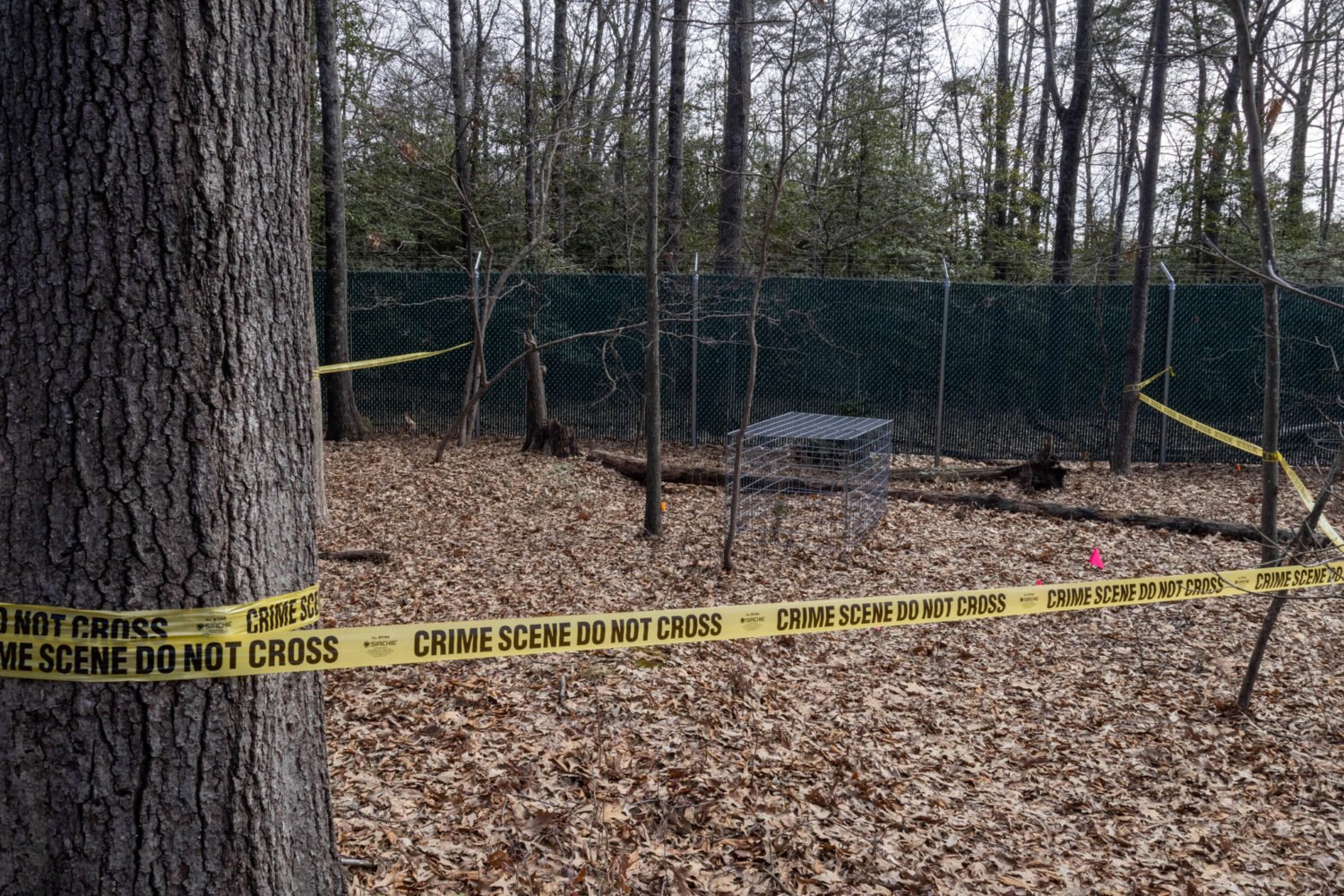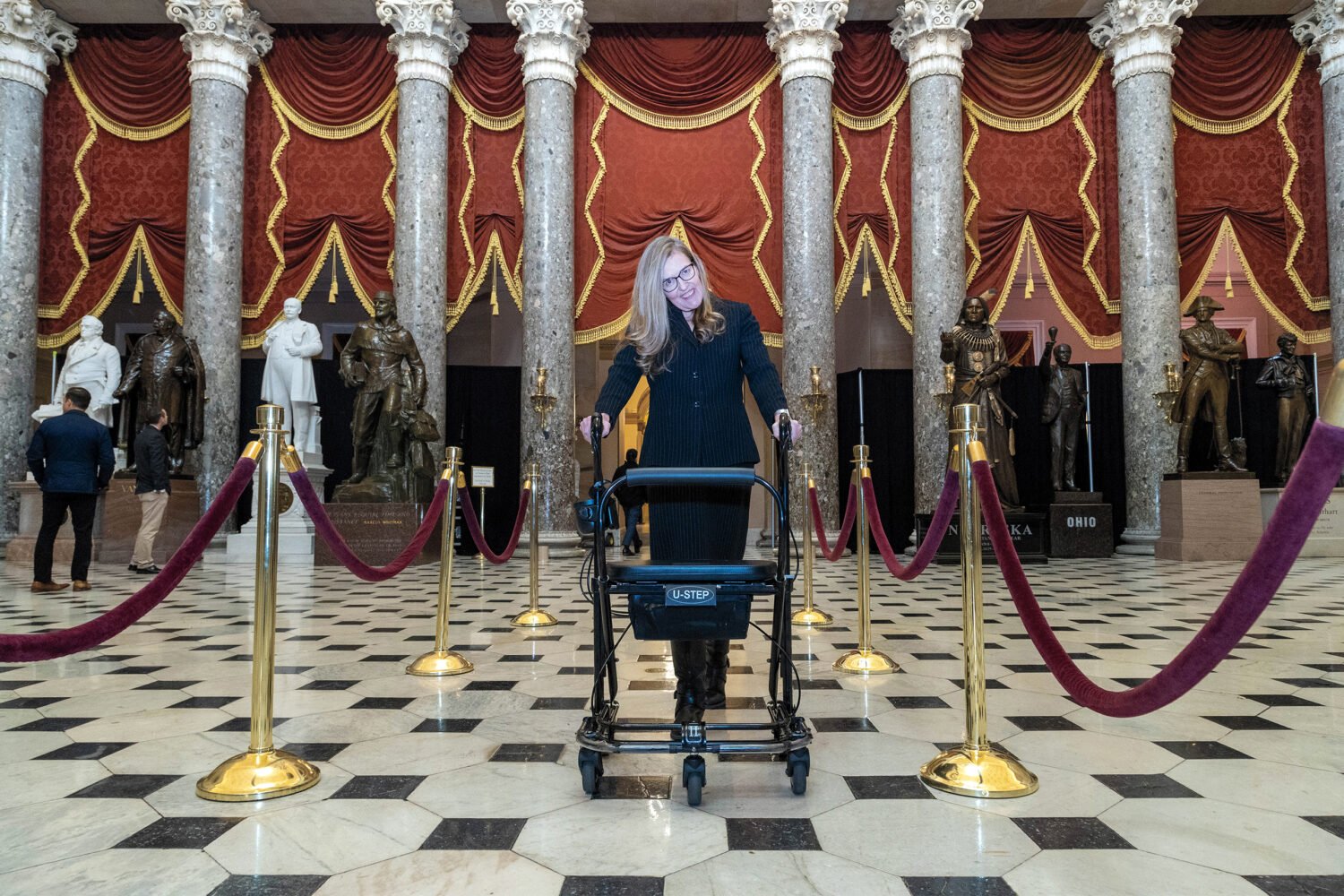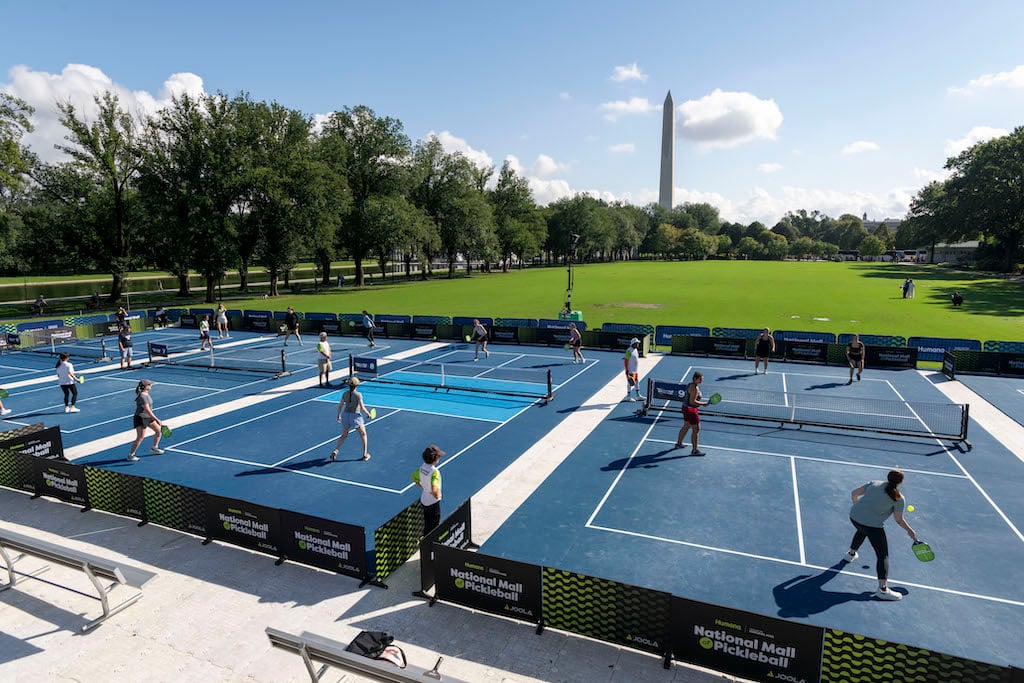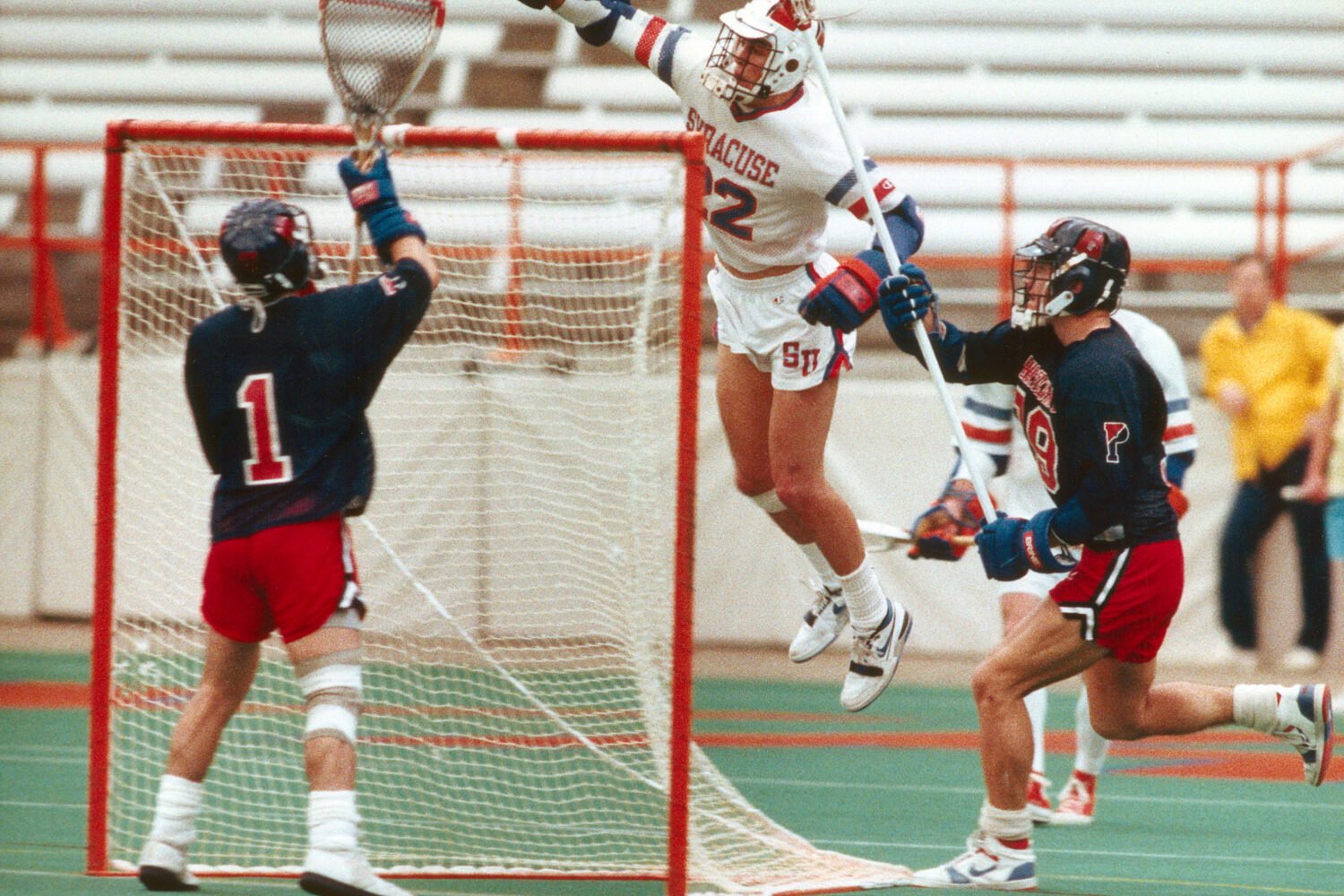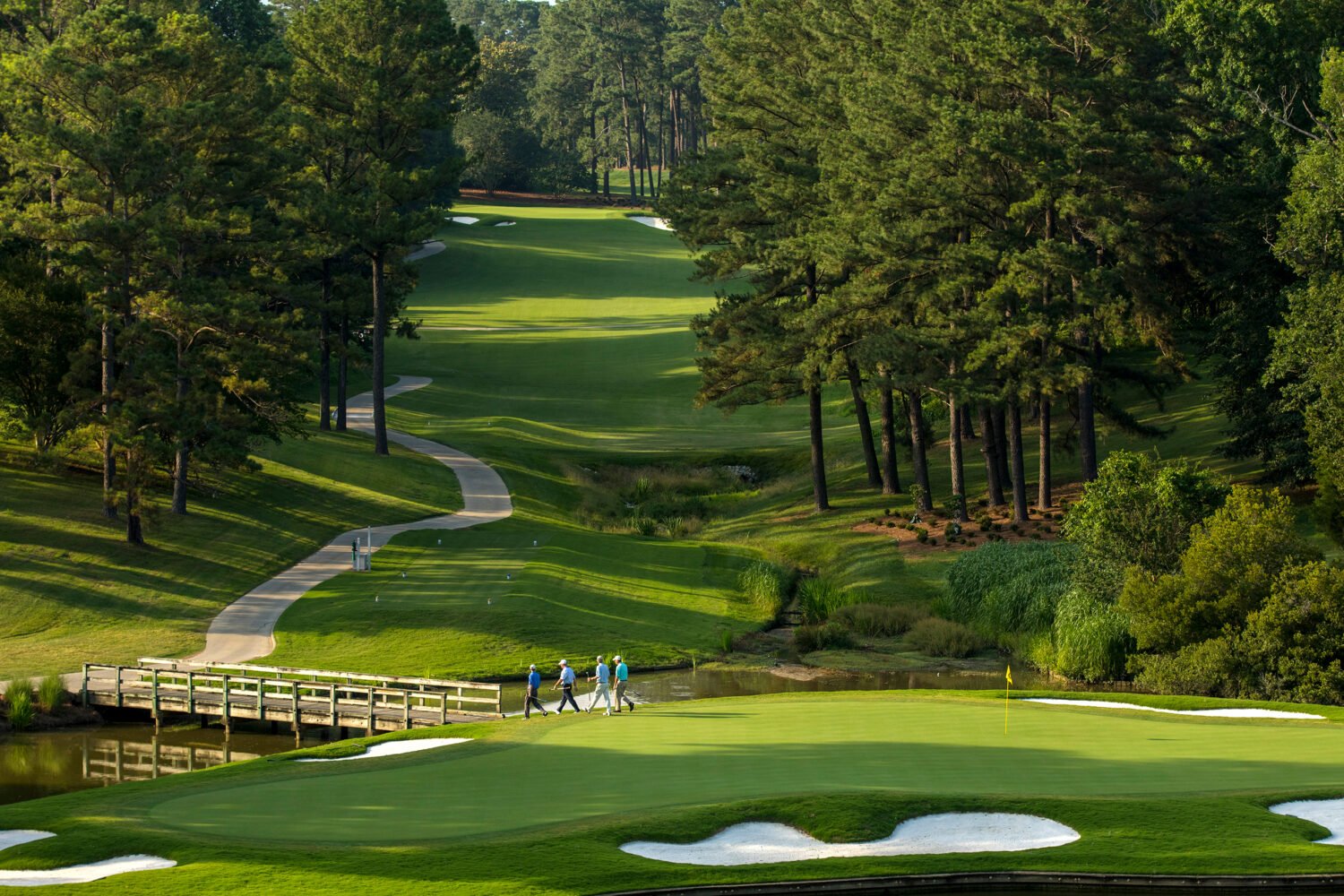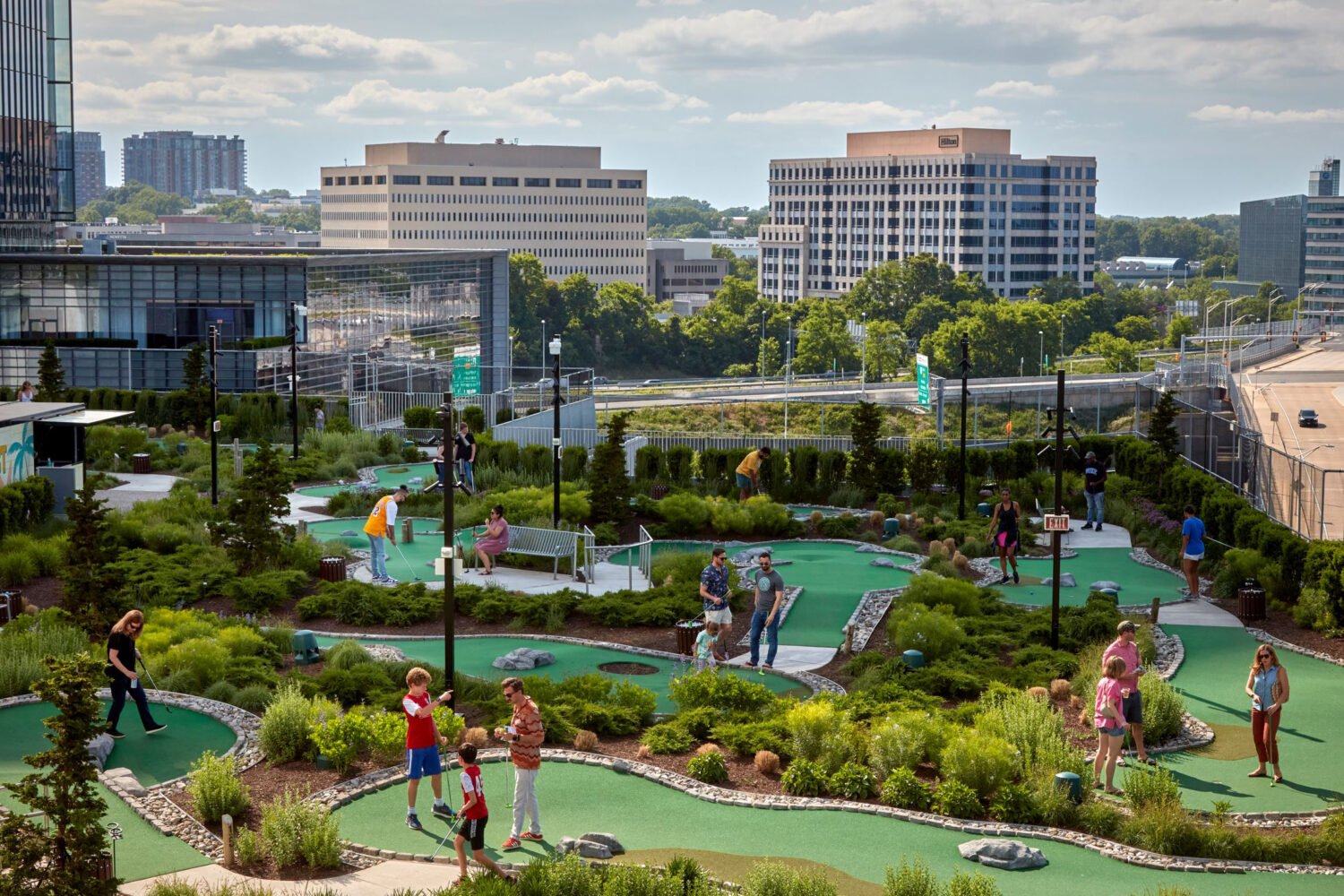Contents
The first local golf course for African Americans was steps from the Lincoln Memorial—although calling it a “course” is generous. The nine-hole mostly dusty expanse was virtually unplayable during construction of the Memorial Bridge in the 1920s. Black golfers could play at two other public links back then—but only one day a week, in the afternoon. Often, the harassment was so bad that a round required a police escort.
In 1927, golfers petitioned Uncle Sam to build a course for African Americans. While they eventually prevailed, the replacement wasn’t much of an upgrade. Located atop an abandoned city dump in Northeast DC, Langston—named after John Mercer Langston, Howard University’s first law school dean and the first black man from Virginia elected to Congress—opened in 1939 with grass missing and just nine holes. (The other nine were added in 1955.) There were no shelters for bad weather, and the course was surrounded by disused tires and a sewage ditch. Trash and all, though, Langston was still home.
Over the years, it also became a see-and-be-seen destination. Heavyweight champion Joe Louis played an amateur tournament at Langston in 1940, drawing 2,000 fans. Lifelong golfer David Ross met Muhammad Ali one day on a putting green: “His limousine pulls up, and . . . he said to me, ‘I’ve never picked up a golf club before,’ and he reached out and got my putter.”
By the 1970s, black people could comfortably play at many courses. As the demographics of the city changed around it, Langston did, too. Today newcomers—often white and in their twenties—play just as often as the old-timers. The course, however, is again in shambles. The National Park Service says it will open up operations to bidders this year and will strike a new contract by October 2020. But a similar plan to renovate was under way two years ago and ended abruptly. Longtimers hope the limbo will soon be in the past—and that after 80-some years, the course conditions will finally befit its loyal players.
Betty Brabble
90, Lanham, retired Howard University professor
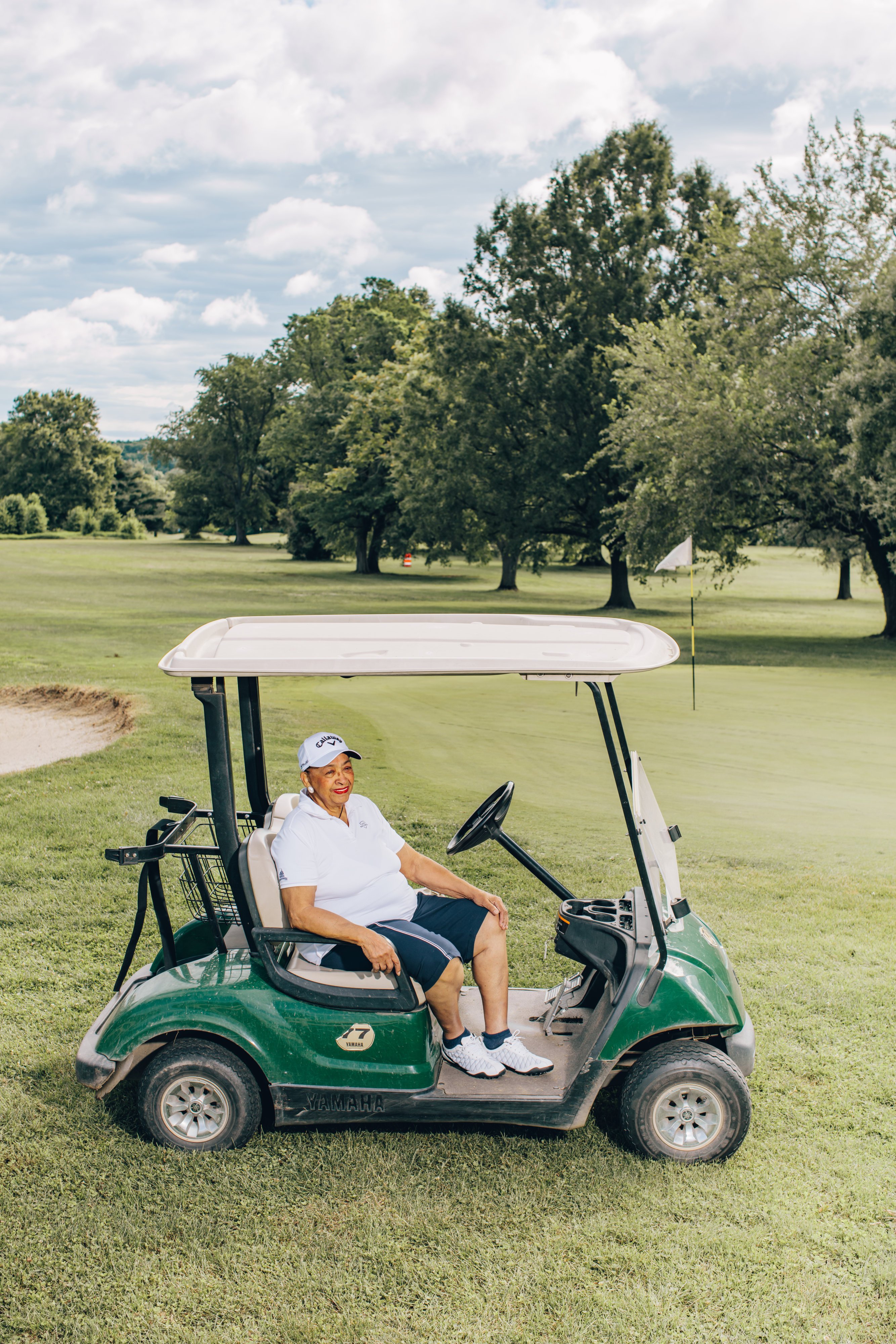
Brabble joined Wake-Robin, a women’s club that rotates courses and has a long history at Langston, in 1976, just in time to meet founder Helen Webb Harris, a teacher who got fed up with men denying their wives tee times. She was a “lamb on top and a lion underneath,” says Brabble. The Wake-Robins kept score during men’s tournaments at Langston, mingling with pros and keeping them honest as crowds swarmed: “People from the neighborhood would be all around the fences watching.” Of course, the Wake-Robins host their own tournaments now; they also award scholarships to powerhouse female players like their founder.
Back to TopMicaa Thomas
21, Bowie, rising senior at Savannah College of Art and Design
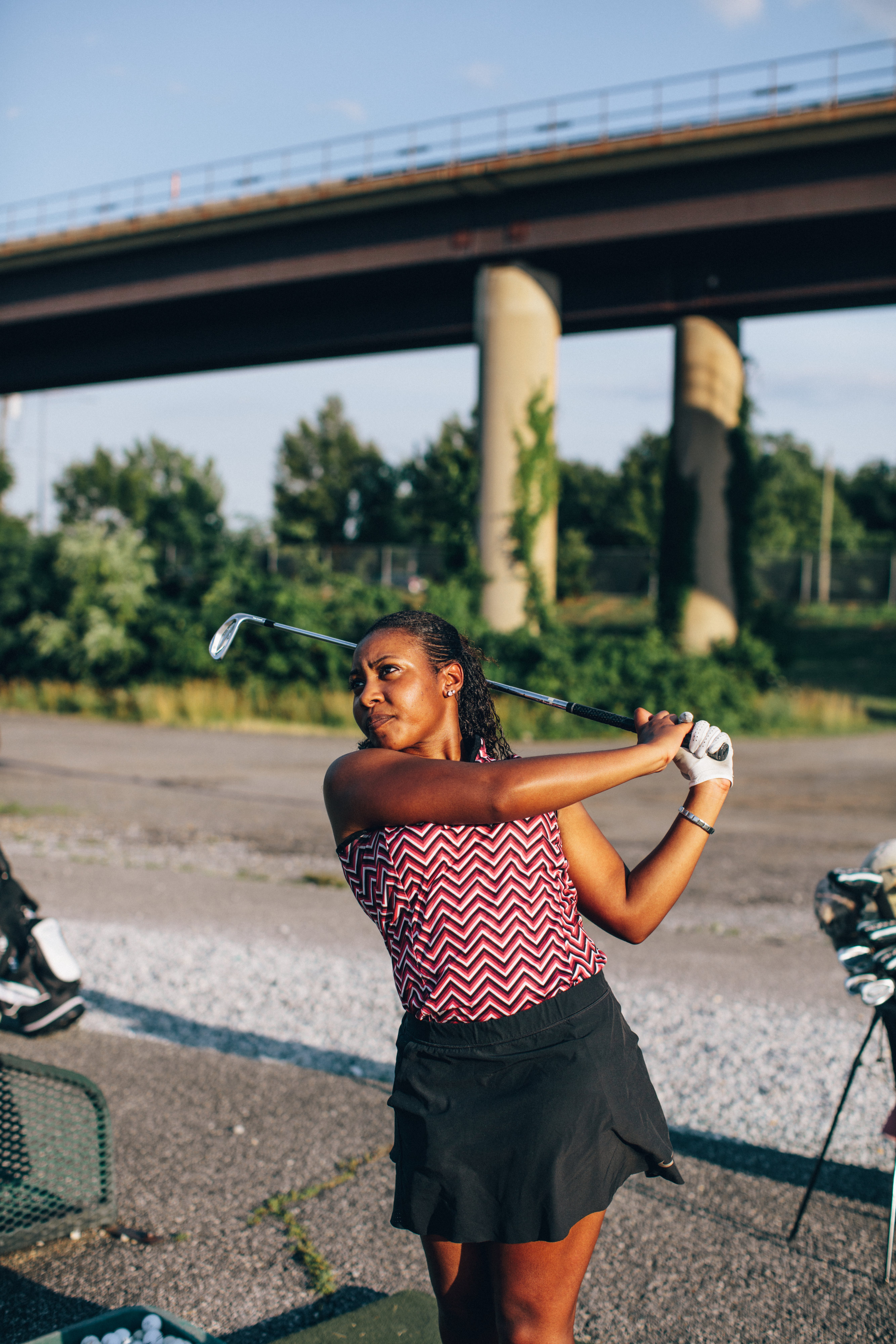
Off the top of her head, Thomas can name only three black women currently playing pro golf. It’s no fault of her memory—there have been only six in LPGA tour history. That’s why, at age ten, she was excited to join a youth program at Langston, where she played with other black girls every day. Eleven years later, Thomas has a 3 handicap and plays college golf on a full scholarship. She retains strong ties to Langston: “They keep you connected, and they keep you very inspired.”
Back to TopBrandon Jackson, Clark Jackson, Gregory Jackson Sr., Gregory Jackson Jr., Jackson
Brandon: 27, Kents Store, Virginia, project designer at Dominion Energy; Clark: 63, Charlottesville, insurance agent; Gregory Sr.: 66 Kents Store, retired from Dominion Energy; Gregory Jr.: 34, Anacostia DC Mayor’s Office
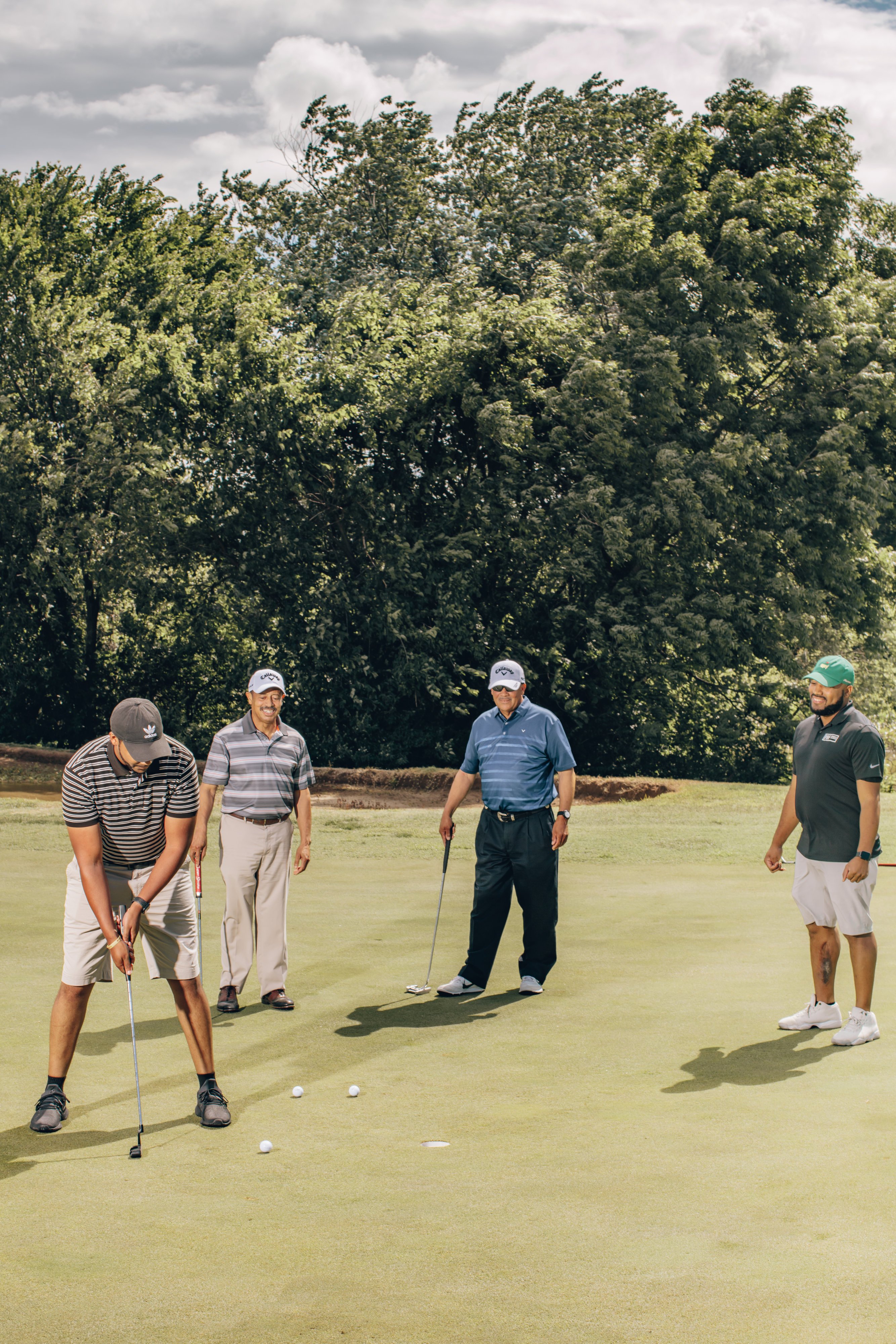
The Jacksons learned to golf at Langston from their late Uncle Charles. It’s always been a place to bond with the men of the family, to talk trash and tell stories. When the foursome play other courses, they’re often keenly aware of how they stand out because of their race. Langston is “the only course I know in the country that’s like that—majority-black golfers,” says Greg Sr. “All golf courses live by a code of ethics, more or less, and you’d feel welcome at any golf course. But Langston is more like a family-reunion type of atmosphere. Normally in Virginia, we’d be the only ones out there.”
Back to TopDavid Ross
64, Wilmington, Delaware, retired roofer
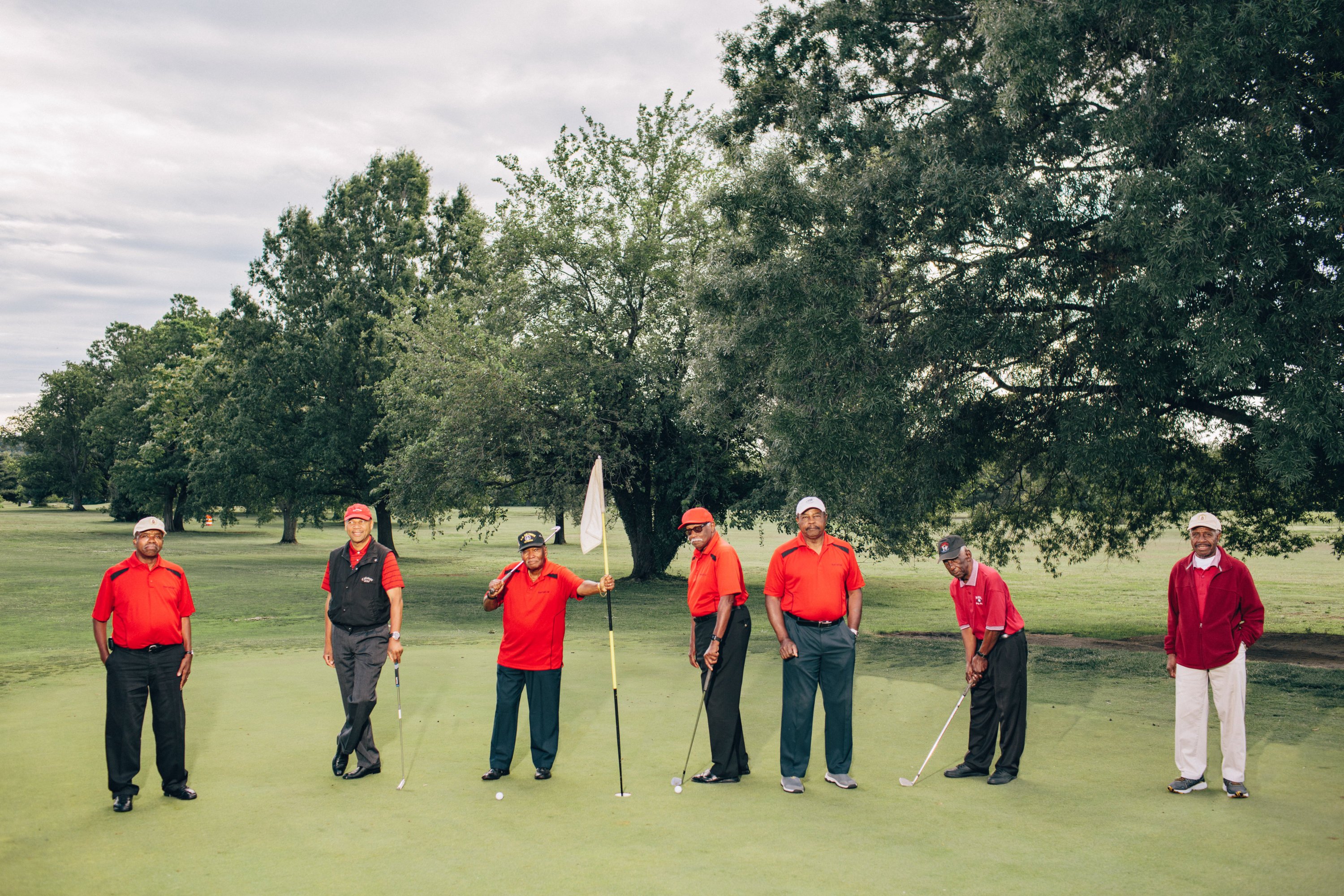
Ross’s first “round” was at age 11—hitting balls down the alley behind his Petworth house with a set of old hickory-shaft clubs his mother was given by one of the families whose children she cared for. He started playing at Langston soon after and began tagging along as a “junior royal” with the Royals, a men’s club that plays area courses: “I would get on this bus with all these extremely well-dressed men. They included every type—doctors, masons, plumbers, painters. I had a really good dad, but I had like 40 dads because all of these guys were inspirations.” A president of the Royals for 12 years, Ross recently retired in Delaware, where he just started a summer golf program for underprivileged youth—kids who’ll get mentors, he hopes, like the ones he had at Langston.
Back to TopPete Minor
73, Lanham, retired Metro worker
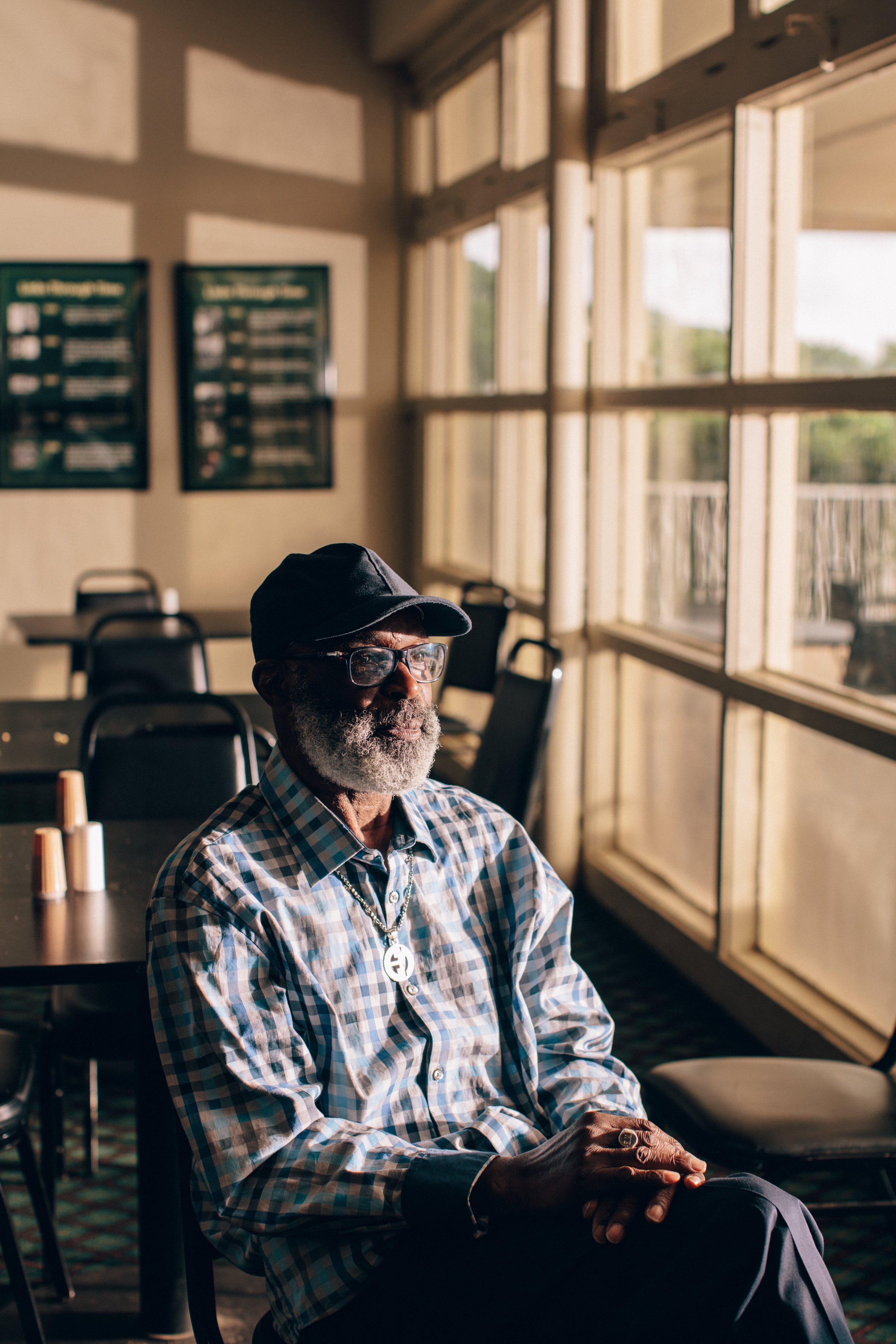
Minor doesn’t actually golf. But he grew up near the course and has hung out there sporadically since the early 1960s. He spent his youth either in and out of jail for fighting, he says, or high, shuffling between homeless shelters. In 1998, he was at the course when he met a police officer, a regular at the course who was known for helping people out of situations like his. “He said, ‘Okay, wait right there.’ He went and played 18 holes of golf. I waited, and he was shocked when he got back. He said, ‘You still here?’ ” The cop drove him to a ministry in Maryland that helped him get clean. He hangs at Langston’s clubhouse multiple times a week as part of his ongoing recovery. “Some people go to spas. But I just have to go down there.” Langston, he says, is what keeps him alive.
Back to TopRay Savoy and Ernie Andrews
76, Greenbelt, part-time instructor at Langston; 62, Northeast DC, manager and instructor at Langston
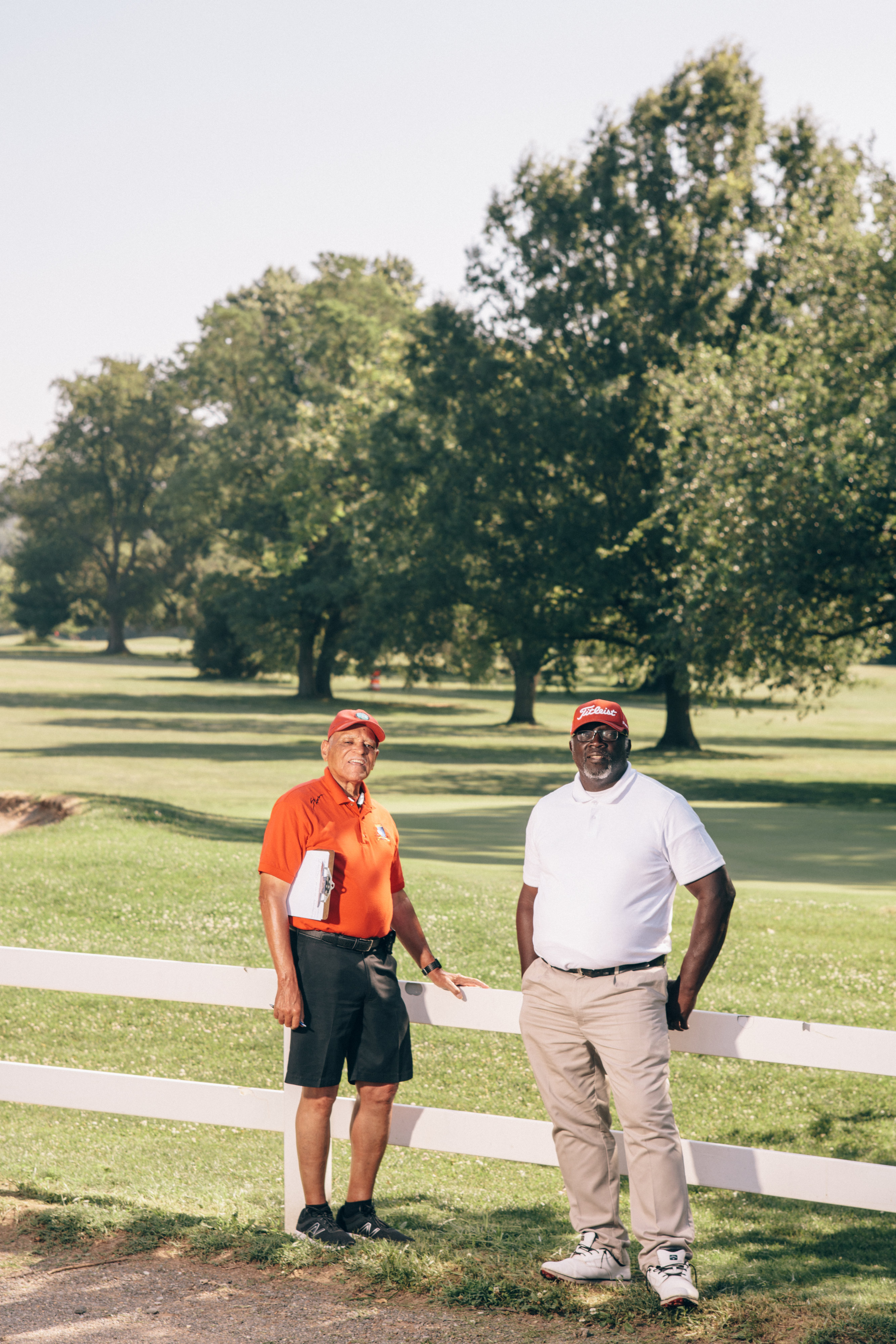
Andrews, who grew up right across the Anacostia River, started caddying at Langston one summer at age ten and never stopped coming back. Fifty-odd years later, he has shaken hands with a who’s who of American culture. One day in the late 1990s, “I turn around, Mike Tyson is walking through the door. Of course, you know what I said—‘Hey, Mike! What you doing here?’ ” Andrews offered the boxer a chicken wing. “Man, he liked it so much—he came here with two limos full of people—he must’ve ordered eight orders of chicken wings.”
Savoy learned to play at Langston in the early ’60s. A former minor-league baseball player and semipro football and basketball player, he wasn’t used to the slow pace and sometimes solitary nature of golf. Still, he saw its benefits as a destressor and admired how the game brought people together. He once witnessed three golfers walk off the 18th hole with more than a good game behind them. “They shook hands and said, ‘Well, my lawyer will have papers sent over to you.’ They signed off to a million-dollar deal right there on the course.”
Back to TopPhyllis Stevenson-Jenkins
73, Silver Spring, owner of a human-resources and staffing business
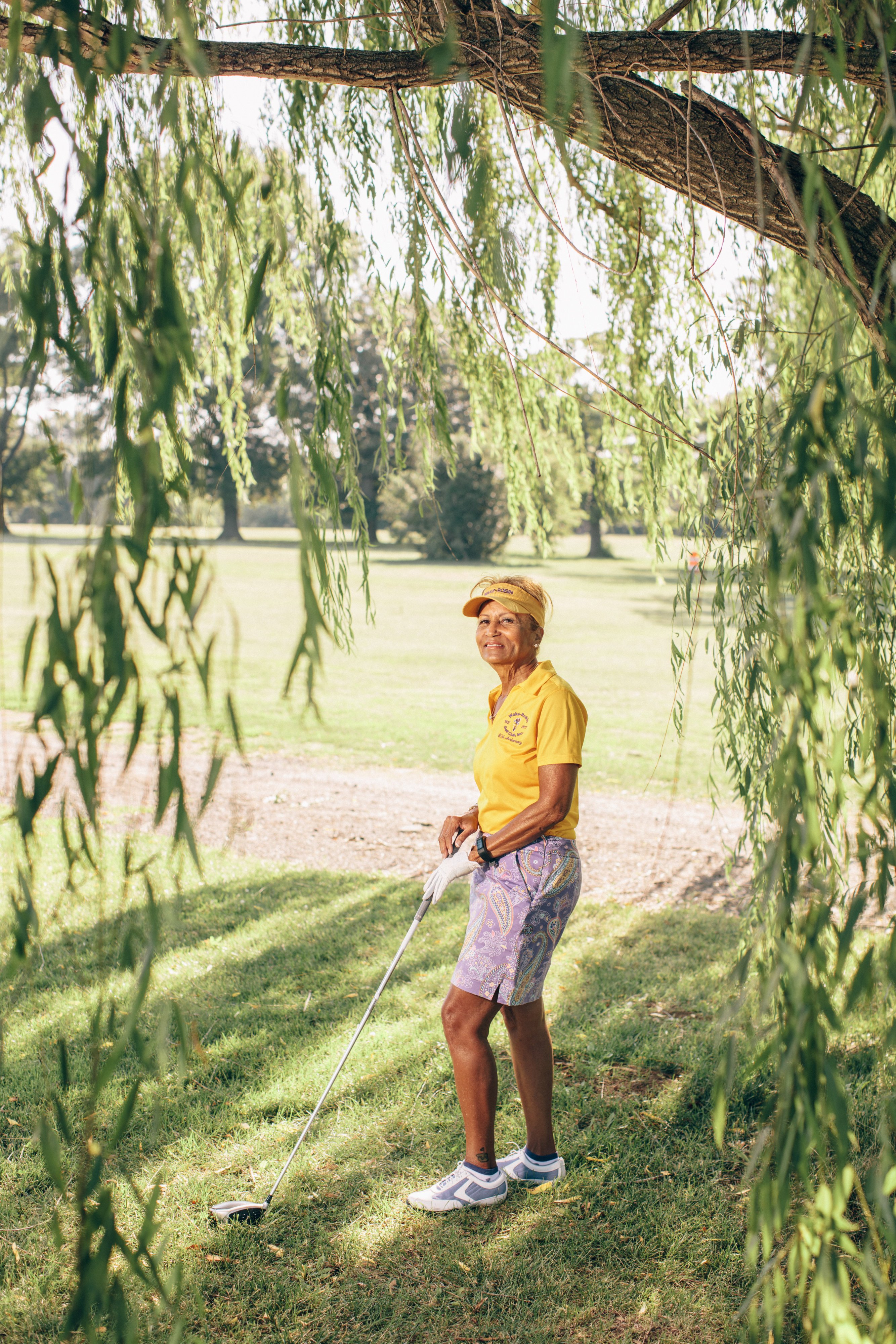
In 1999, Stevenson-Jenkins became critically ill with a bowel obstruction. Lying in the ICU, where she’d dropped to less than 100 pounds, she decided that if she made it out, she’d prioritize leisure activities. Three years later, at age 56, she picked up the clubs. Not long after, she was invited to play a round with the women’s Wake-Robin Club. It turned out to be an audition for membership—and she passed. Like many, Stevenson-Jenkins talks about Langston carefully, as you would about a relative you love deeply but want to see get help: “Langston is getting more white clientele. I’m glad to see that because I know what it takes. I worked on Capitol Hill for three different congressmen. I know what it takes to get money allocated.”
This article appears in the August 2019 issue of Washingtonian.
